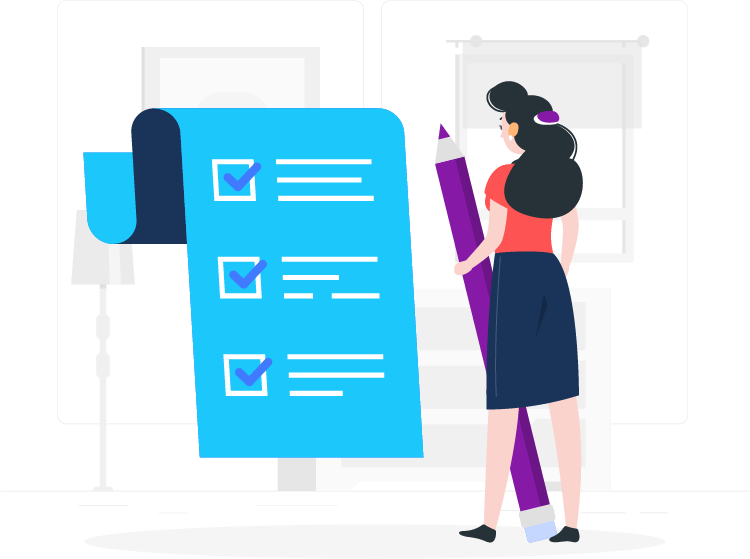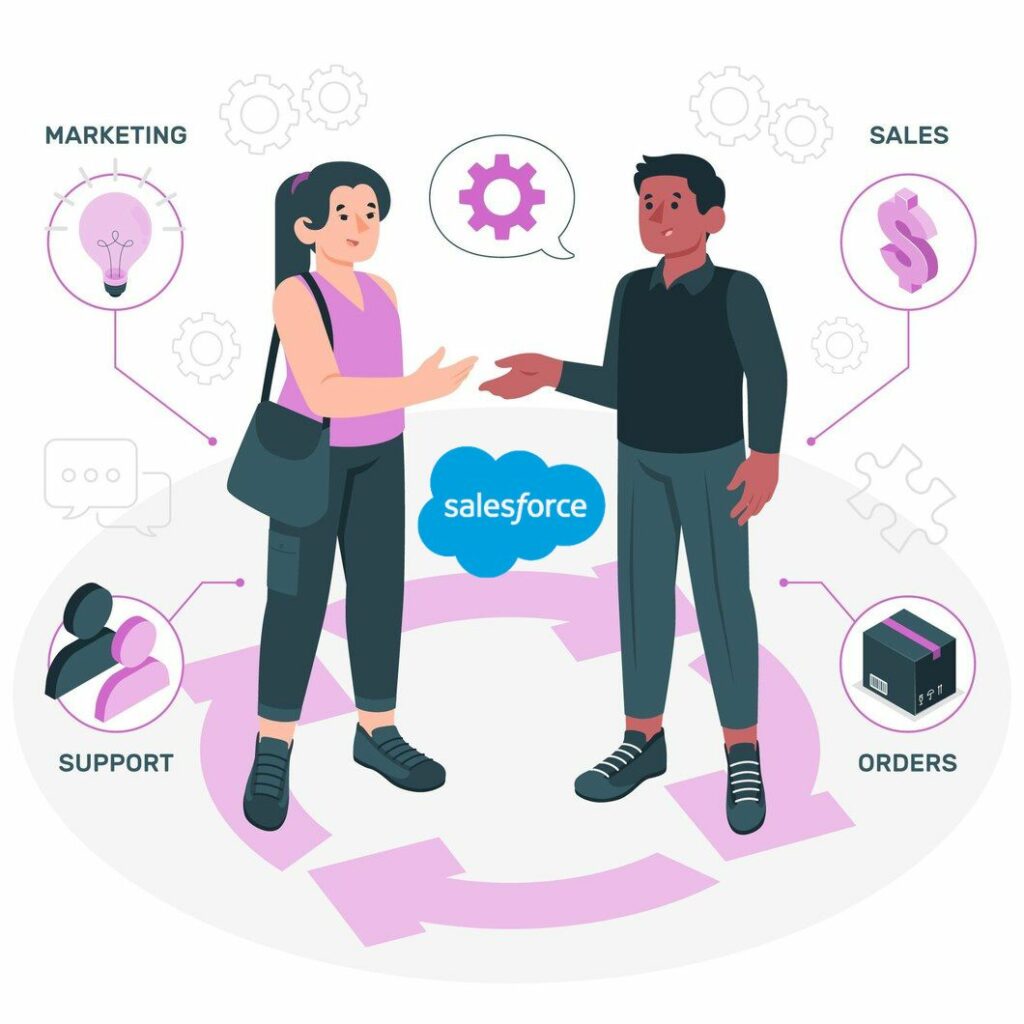Overall cost elements of ERP software
Overall cost elements of ERP software
Choosing the best ERP software and implementing it successfully is a big decision for any firm. A firm invests a considerable amount of money, time, and effort to generate the expected ROI out of this ERP project.
The return on investment in ERP software and the business value it generates is high, aligned with the price associated. It automates your business processes, streamlining them and making them more productive and efficient.
Though companies do not doubt the ERP solution’s capabilities, they may have a few questions, such as:
- Can we afford the ERP solution?
- How much will it cost?
- What is the total cost of ownership of ERP software?
To address your concerns about cost, this article focuses on an ERP solution’s cost elements. Awareness about these cost components lets you plan the project and manage its execution.
Significant factors affecting ERP pricing
The critical factors affecting the price of ERP software are:
Organization size
A larger company has more requirements and so requires advanced ERP software. It requires more customization, better features, and extra modules, adding to the cost. A small company has lesser requirements and can do with a standard ERP solution without much customization cost.
Number of users
The number of users of the software defines the price of the software. A large company would need many user licenses, so the cost would increase.
Some ERP solutions have per-user licensing costs, while some have cost brackets for a range of the number of users. You also need to consider the number of new users expected to be added to the ERP system as the company grows.
Required applications and customization level
Generally, ERP software has the following critical applications:
- Customer relationship management
- Human resources management
- Accounting and financial management
- Supply chain management
- Inventory management
- Analytics and business intelligence
Most ERP solutions have these applications. Some may have more, while some may have less. You can also add and integrate more features into your system. The addition of new applications or modules tailors the ERP to your needs.
The level of customization you need in the ERP system also defines the project cost. You will need more customization in a niche industry with distinct business processes. Evaluate thoroughly before adding specific functionalities, as it may be an extra cost with no value for your business.
Deployment model used
Another essential criterion for ERP pricing is the type of deployment model you use. The selected deployment model and existing IT infrastructure also affect the ERP price. You have two options: cloud-based or on-premise solution.
In the case of an on-premise ERP solution, you must pay hefty one-time purchase costs. Other costs include annual support and maintenance fees.
The annual or monthly software subscription fees apply for a cloud-based system, along with the maintenance and support costs.

Primary cost components of ERP software
The critical cost headings of ERP software are the following:
- Hardware
- Software
- Implementation and maintenance
- Human resources
You can also categorize the costs as starting costs and operational costs. Starting costs include software, hardware, implementation, data migration, integration, customization, licenses, and training. Operational costs include security, maintenance, support, upgrades, licenses, downtime, backup and recovery, admin support, ongoing training, data center running, and bug fixation.
Both starting and operational costs include training and license elements, as you may need new licenses for new users and also train these new users.
Software costs
Licensing
The ERP solution has a licensing cost attached to it. You must find the licensing model appropriate for your business needs that generate the best value for your company.
You can take a perpetual license involving a one-time payment. It requires you to host the software on your own servers. It is a better option for large companies that can afford the server costs. It is time efficient as it keeps working after the one-time purchase. But when your business scales, you must invest in further infrastructure upgrades.
Another option is subscription licensing, where a vendor hosts the ERP system on their server against the annual or monthly charges paid to the SaaS vendor. It is cost-effective, and the vendor takes care of the updates and maintenance. But for this licensing model, you need the internet to access it and rely on the vendor for necessary support.
Extra modules
It includes the extra modules you add or customize according to your specific business requirements.
Legacy systems
You connect your ERP systems to legacy-based systems with a linking code. You must include this linking code’s cost in the ERP software’s total cost.
Security
Another software cost component that is indispensable is the security system. It is significant, especially in the case of cloud-based ERP systems. Generally, companies integrate a full-span security system with the ERP platform to protect data on the cloud. A security system may not be critical in the case of on-premises or hybrid systems, but you can add it as a value component.
Process re-engineering
When you install an ERP system, re-engineering your processes is a must. You can implement the best industry practices in the new ERP system to generate efficiencies.
Process audit
But before you re-engineer the processes, you need to spend on the audit of these processes. Auditing will help you understand which processes need re-engineering for better results. Process auditing costs include an ERP audit team/individual and evaluation of system usage.
Hardware costs
The principal hardware cost is a vital price component of the ERP system. The ERP system might require changing your company’s IT infrastructure and ecosystem. You may need servers, storage, power, and backup and recovery systems, but these are crucial only in the case of on-premise solutions.
Implementation, integration, configuration, and data migration costs
Implementing the ERP software is a critical task. It involves several processes critical for the success of the ERP project. Each of these implementation processes comes with a related cost.
Infrastructure
When you shift to the new ERP system, you must decommission your legacy platform. You also need to prepare your infrastructure for the new ERP system. So, you must spend money on the following:
- Enhancing your infrastructure
- Getting affiliate equipment, such as backup power systems, etc.
Data migration
Data migration is essential when you shift from an old system to an ERP system. It can take up 10-15% of your total cost of the ERP project.
It requires you to map data, convert it into new formats, migrate, and validate it. You must understand all your data well to estimate the data migration costs. But be very careful because migrating unnecessary data may add to the cost.
Infrastructure and system testing
Testing your company’s existing IT infrastructure before housing the solution is essential. If hosted on a cloud, you need to test and be sure that the ERP solution does not face any obstacles. This testing will cost you money.
Before its launch, you must also test the ERP system to ensure its installation and pre-launch stability. You need to test the stability of the software before migrating data and post-data migration. Systems testing must also include run-throughs after integrating different modules. Such tests of your ERP platform and its infrastructure will make a big part of your total ERP cost.
Downtime and outage
Downtime and outage costs are vital components of ERP costs. When the implementation process is on, your system and processes go offline for a specific time. This non-productive period is the downtime, which is a cost to your company.
Miscellaneous
There is also an opportunity cost of stalling the work for a few days while the ERP system implementation is on. If you borrow money to finance the ERP project, you also need to pay the interest amount. You can even include the late payment fees, legal costs, administrative expenses, etc., in the initial hardware purchase cost. You may be spending on insurance costs if you insure the ERP project to save yourself from the risks of failure.
The implementation costs also include some elements that may not have occurred yet but are expected in the future. These costs include:
- ERP upgrades based on future business requirements
- Risk identification, prioritization, and management
- License management
- The smooth running of the implementation process
- Addition of more users
- Implementation and integration of new modules
- System updates
- Technical support and maintenance fees
Human resources costs
Technology is significant, but the difference brought about by human skills is excellent. Thus, you cannot ignore the human resources costs for a successful ERP project.
Hiring and onboarding
If you manage the implementation in-house, you need to spend money hiring and onboarding a team with the required skill sets. You have the option to allocate the ERP responsibilities to existing IT staff. But, in that case, you must spend on training costs.
Considering an ERP project’s high impact, you allocate the best employees. When you hire existing employees for the ERP project, their daily activities suffer. So, you need to spend on hiring and onboarding new employees to complete the ERP team’s daily activities.
Also, when existing employees work on the ERP project, they take time to acclimatize to the new technology. It leads to a decline in productivity. Thus, you must include this lost opportunity cost in the total cost of ERP implementation.
Third-party vendor
If a third-party consultant manages your ERP project, you need to spend money on consulting fees. These costs include searching for the best consultants in your market, shortlisting, and finalizing. You must spend money signing contracts, meetings, discussing project requirements, and deal finalization.
Training
You also need to spend money on training your employees. You can engage in e-learning or get a personal trainer in your company. Generally, companies fail to include these costs in the total cost of the ERP software. Your training costs include the following:
- Initial training for all the users of ERP software
- Module-specific training for specific teams or functional departments
- Administrator training
- Extra resources like manuals for reference purposes
- Training for new employees joining the company
- On-going training programs for upgrades and new concepts
Change management
There is a change management cost that most companies ignore. The employees or actual users of the new ERP software must be ready for the change. They must be willing to use the system and embrace the changes in processes due to the new system. You need to invest some money in managing this change successfully.
The bottom line on ERP costs
These details about cost elements help you make an informed decision about the right ERP solution for your needs. Before plunging into the new ERP software solution, you must consider the opportunity costs.
The implementation of ERP software takes up your time and consumes your productivity. But the benefits are immense. It gives you efficient processes, complete visibility of operations, and better results. You must conduct a cost-benefit analysis to justify your investment in the ERP solution.
If you are considering a new ERP software solution, the best option would be NetSuite. NetSuite gives you the best ROI for your investment in the ERP solution. It gives better visibility, improved communication, flexibility, and accurate results.
We, Cloudiotech, ensure that our clients get the best services for NetSuite solutions. We customize our NetSuite services to your ERP expectations and goals to improve your business efficiencies. We understand that a one-size-fits-all approach does not work in ERP, so we understand your business requirements before initiating.
Ready to discover the benefits of NetSuite solution?
Contact us to get NetSuite services and support.




